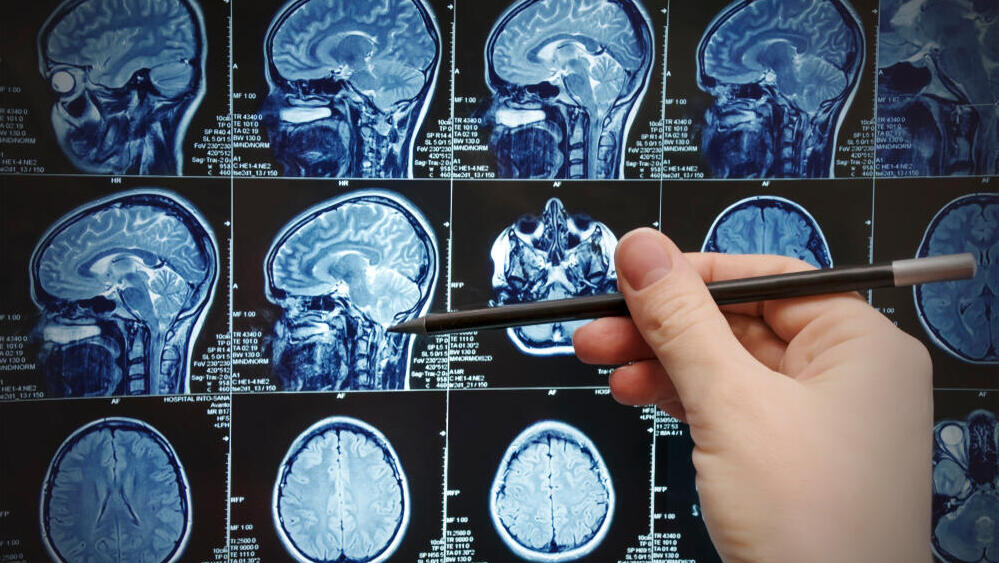Alzheimer's disease is a severe neurodegenerative condition that impairs memory and cognitive function. The risk of developing the disease increases with age, affecting as many as one in three people aged 85 and older. Despite extensive research, the exact causes of Alzheimer's remain unclear, and effective treatments remain elusive.
Until recently, much of the research in the field focused on two primary factors: accumulation deposits of a protein called amyloid beta between neurons in the brains of affected individuals, and the formation of neurofibrillary tangles composed of a protein called tau that become trapped inside the neurons.
These two components are commonly found in the brains of patients, constituting primary biomarkers of the disease. The prevailing theory suggests that they contribute to the degeneration of nerve cells and the decline in brain function. Alois Alzheimer first documented their presence in patients' brains when he defined the disease over a century ago, in 1906.
The overlooked factor
However, Alzheimer also documented another component that has received less attention and is less commonly discussed: he found cells containing lipid (fatty molecule) droplets in the brains of individuals with Alzheimer's.
Until recently, it remained unclear whether these droplets played any role in the development of the disease. In a recent study performed at Stanford University, researchers have uncovered new insights into these enigmatic lipid droplets and shed light on their connection to Alzheimer's disease.
The research began with a thorough examination of a gene that has been linked to the disease for over two decades. Known as Apolipoprotein E (APOE), this gene is responsible for the production of a protein involved in the transport of lipids (fatty molecules) via the bloodstream.
The three main versions (alleles) of this gene are named E2, E3, and E4. The most prevalent version, E3, is not linked to Alzheimer's disease. In contrast, the E4 version of the APOE gene increases an individual's risk of developing late-onset Alzheimer's disease.
To investigate how the gene affects brain cells, researchers employed an advanced RNA sequencing method for tracking RNA molecules in the brain cells of deceased individuals diagnosed with Alzheimer's disease and compared them to those in matched non-Alzheimer’s control individuals.
They discovered that in Alzheimer's patients carrying the disease-promoting APOE4 allele, microglia cells - a type of immune system cell found in the brain - contained exceptionally high levels of RNA molecules responsible for the production of a protein involved in the processing and biogenesis of lipids in cells.
This suggests that the increased risk of developing Alzheimer's in individuals with APOE4 may be linked with the accumulation of lipid droplets within microglia cells, which ultimately damage the neurons and contribute to disease progression.
Dangerous fatty cells
To examine whether APOE4 indeed leads to lipid droplet accumulation in cells, researchers took cells from living subjects carrying versions E3 or E4 of the gene, grew them in the lab, and transformed them into microglia cells.
They then added amyloid beta clusters and checked for lipid droplet accumulation in the cells. Following the treatment, cells with version E4 of the gene accumulated an excess of lipid droplets, while cells with version E3 did not. This finding supports the hypothesis that the APOE E4 allele increases the susceptibility for lipid droplets accumulation.
To corroborate the involvement of fatty microglia cells in Alzheimer's disease development, researchers grew nerve cells in a dish and exposed them to substances secreted by either healthy microglial cells or ‘fatty’ microglia cells - microglial cells carrying lipid droplets.
Nerve cells treated with the solution from ‘fatty’ microglia exhibited increased levels of proteins that serve as indicators of the presence of tau protein tangles and of other processes characteristic of Alzheimer's disease. In contrast, cells treated with the solution from healthy microglia showed no signs of tau tangles.
The new research adds another piece to the complex puzzle of existing knowledge about Alzheimer's disease, linking together the three hallmarks that characterize the disease's development in the brain: tau neurofibrillary tangles, amyloid beta plaques, and lipid droplets within microglia cells.
According to the researchers, individuals carrying the APOE4 gene variant are predisposed to microglial accumulation of lipid droplets. These fatty molecules then spread and damage the neurons themselves, possibly promoting the formation of tau protein tangles and the eventual nerve cell degeneration and dysfunction.
Further studies are required to substantiate these findings and deepen our understanding of the disease and the part that lipid droplets play in its development. Nevertheless, each new insight brings hope that we may one day offer effective treatments to improve the quality of life for Alzheimer’s patients and their families.





